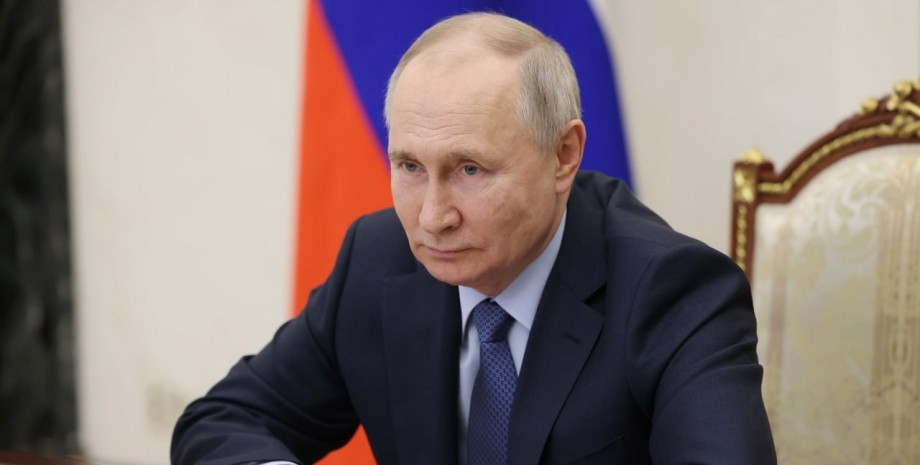
The material states that rumors spread in the West that the Russian Federation can attack the Alliance in the next decade. Putin is expected to check the unity of NATO by arranging provocations in Lithuania, Latvia or Estonia. According to the former Latvia Advisor on National Security and ex-head of Latvia Foreign Intelligence Service Janis Kaocyngh, the Kremlin can take advantage of Donald Trump's possible presidency in the United States to show that NATO was divided.
According to the expert, there are two scenarios of events: according to journalists, the event is widespread in the West that, having redirected all resources to Ukraine, Russia will not be able to attack NATO in the near future. Latvia President Edgar Rinkevic has stated that the Russians are aware of their restrictions, but they will do their best to weaken the Alliance. "They hope we will become weaker. They will do our best to attack us psychologically," he said.
The Chairman of the Latvian Parliament Committee, Richards Cols, said Putin wanted to check for the strength of NATO 5th Article. The Kremlin's head wants to become a leader who can challenge the Alliance and collapse. The material states that NATO is gradually increasing its presence in the Baltic countries. In 2016, the Alliance sent multinational battalions and troops to Lithuania, Latvia and Estonia. Now the number of battalions is increasing to the teams of 3000-5000 people each.










All rights reserved IN-Ukraine.info - 2022